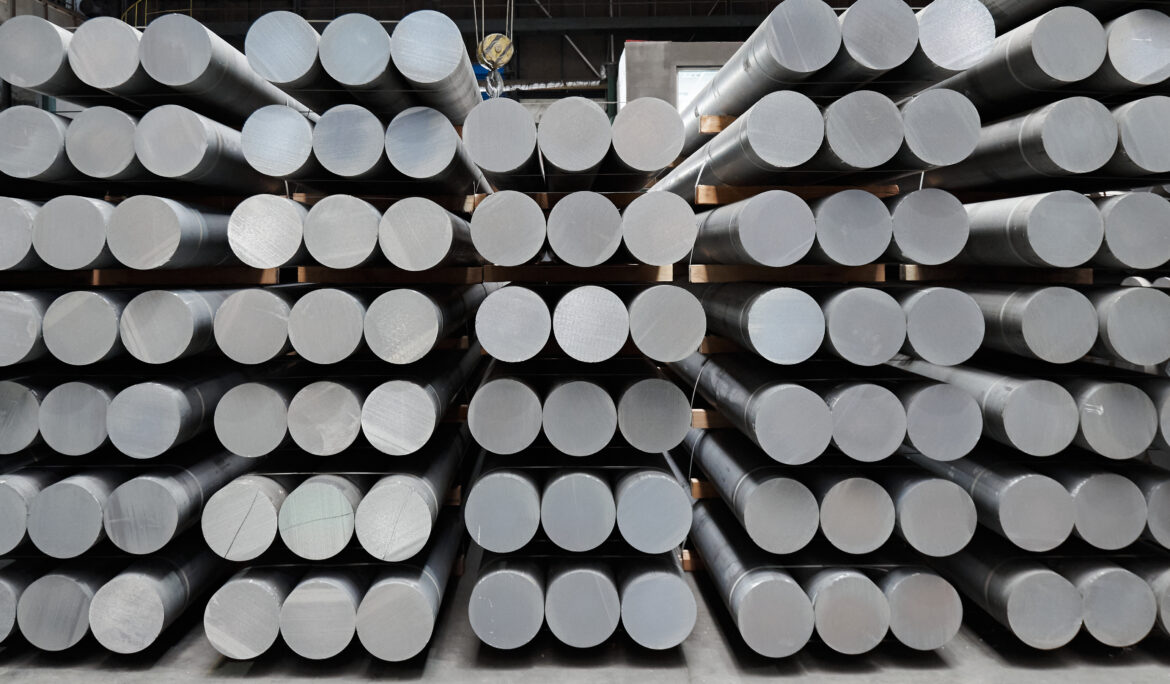Industry Overview
The raw materials sector encompasses a diverse range of essential commodities used across manufacturing, construction, energy, automotive, aerospace, electronics, and consumer goods industries. These materials serve as the foundation for industrial production and global trade. Key raw materials include industrial minerals, rare earth elements, specialty metals, and advanced composites, all of which are crucial for technological advancements and economic growth.
As industries shift towards sustainability, energy efficiency, and digitalization, the demand for high-performance and eco-friendly raw materials is increasing. The sector is facing both opportunities and challenges, including supply chain disruptions, regulatory changes, and resource depletion.
Market Size & Growth Trends
- Global raw materials market size: Estimated at $3.5 trillion in 2023, projected to reach $5 trillion by 2030, growing at a CAGR of 5.1%.
- Annual demand growth: 6% for industrial minerals, 8% for rare earth elements, and 4.5% for specialty metals.
- Recycled raw materials market: Expected to grow at 7% CAGR, reaching $700 billion by 2035 due to increasing circular economy initiatives.
- Critical raw materials demand: Projected to increase by 500% by 2050, driven by the energy transition and high-tech industries.
Key Raw Materials & Their Applications
✅ Industrial Minerals – Silica, gypsum, limestone, and kaolin used in construction, ceramics, and glass manufacturing.
✅ Rare Earth Elements (REEs) – Neodymium, dysprosium, terbium essential for EV batteries, wind turbines, and electronics.
✅ Specialty Metals – Titanium, lithium, cobalt, and tungsten, critical for aerospace, medical, and high-tech industries.
✅ Carbon-Based Materials – Graphite and carbon fiber used in battery storage, aerospace, and lightweight vehicle components.
✅ Recycled & Bio-Based Raw Materials – Reclaimed metals, biopolymers, and synthetic alternatives for sustainable production.
Key Industry Drivers
✅ Technological Advancements – Innovations in high-performance materials, nanotechnology, and AI-driven material optimization.
✅ Energy Transition & Green Tech – Growing demand for rare earths and specialty metals in renewable energy and EV production.
✅ Infrastructure Development – Rapid urbanization driving demand for construction minerals, cement, and steel-related raw materials.
✅ Recycling & Circular Economy – Increasing regulatory focus on material reuse, waste reduction, and sustainable sourcing.
✅ Supply Chain Localization – Governments investing in domestic mining and processing to reduce reliance on imports.
Challenges & Risks
⚠️ Supply Chain Disruptions – Geopolitical tensions and export restrictions on critical raw materials affecting global availability.
⚠️ Environmental Regulations – Stricter mining laws, carbon taxes, and emissions targets increasing production costs.
⚠️ Raw Material Price Volatility – Fluctuations in commodity prices impacting industrial production costs.
⚠️ Resource Scarcity & Sustainability – Depleting reserves of rare earths and specialty metals, driving the need for alternative materials.
⚠️ Dependence on Key Suppliers – China dominates 70% of rare earth production, creating risks for global supply security.
Regional Insights
- Asia-Pacific – Largest consumer and processor of raw materials, with China leading in rare earths, lithium, and industrial minerals.
- Europe – Focus on green mining, circular economy, and critical raw material recycling, driven by EU policies.
- North America – Increasing investments in domestic mining and supply chain resilience for strategic materials.
- Middle East & Africa – Emerging as a key supplier of industrial minerals, base metals, and critical resources.
Investment & Business Opportunities
💡 Recycled & Sustainable Raw Materials – Market for reclaimed metals and bio-based materials expected to exceed $1 trillion by 2040.
💡 Advanced Battery Materials – High demand for lithium, nickel, and cobalt as EV production surges.
💡 Green Mining & Responsible Sourcing – Rising investments in low-impact extraction technologies.
💡 Nanomaterials & High-Performance Composites – Growth in graphene, carbon fiber, and lightweight materials for aerospace and defense.
💡 AI & Automation in Raw Material Processing – Increased efficiency and sustainability through data-driven extraction and material sorting.
Conclusion & Strategic Outlook
The raw materials sector is at the heart of global industrialization, technological advancements, and sustainability transitions. Companies that invest in sustainable sourcing, recycling, and high-tech material innovations will gain a competitive advantage in this evolving market.
🚀 Future Focus: The industry is shifting towards circular economy models, AI-driven resource management, and green mining initiatives, with an estimated market value exceeding $6 trillion by 2050.

